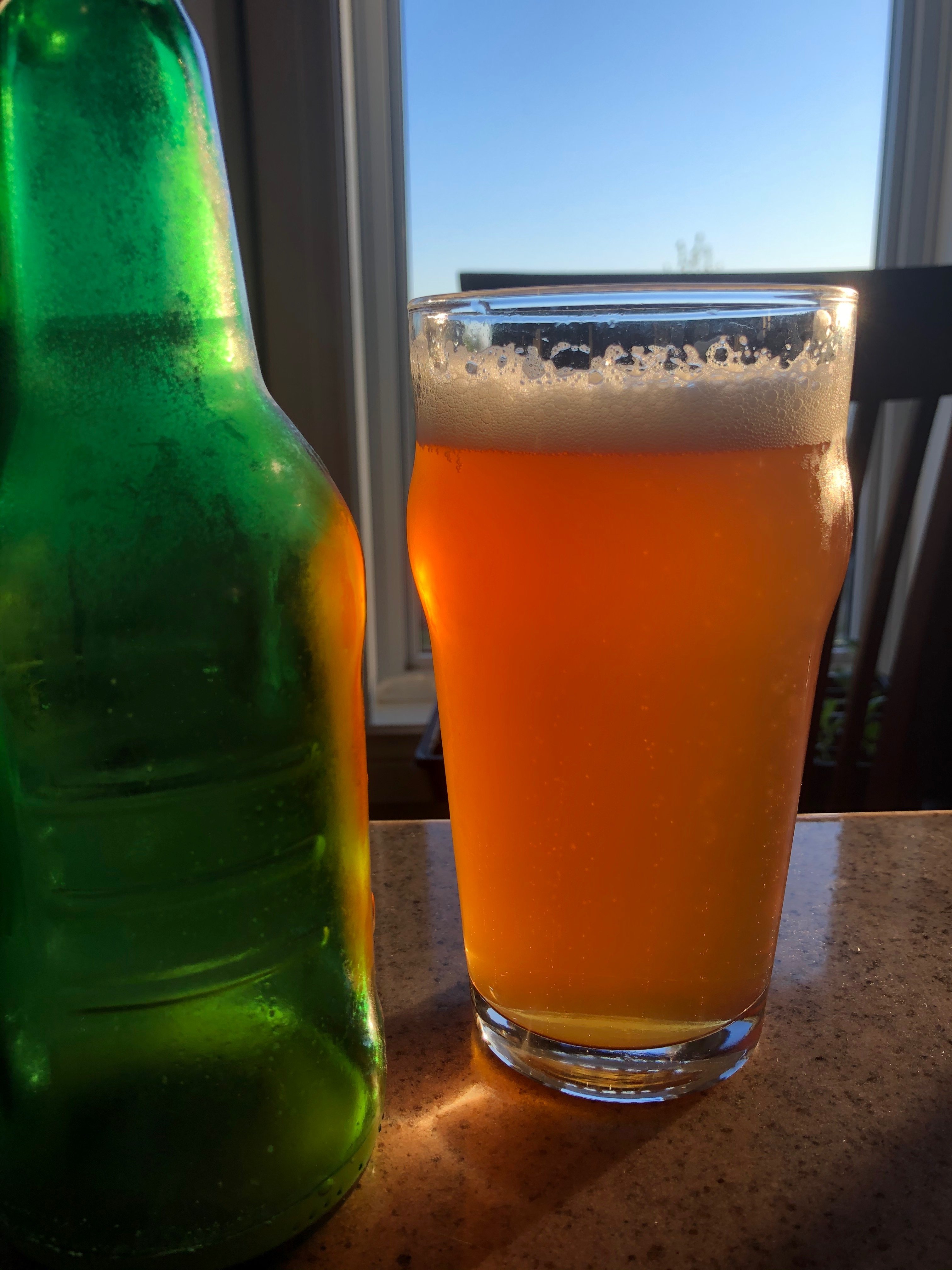Time in the fermenter is probably not super critical. Depends how picky you are about your hoppy beers. I'm not picky. If you are, then get it while it's freshest.
You don't need to measure OG until after the boil like normal. Up to you if you want to test pre-boil and adjust for volume difference.
You're lucky if you have never yet experienced the horror of chlorophenol, which tastes like medicine and Band-Aids. You can continue to try your luck, or add Campden to your water before you brew to eliminate the chlorine. I too brewed for several years before it happened to me, but once it did, I began adding Campden and haven't had problems since. Chlorophenol can occur with both extract and all-grain brews. Filtering is a good idea too.
You don't need to measure OG until after the boil like normal. Up to you if you want to test pre-boil and adjust for volume difference.
You're lucky if you have never yet experienced the horror of chlorophenol, which tastes like medicine and Band-Aids. You can continue to try your luck, or add Campden to your water before you brew to eliminate the chlorine. I too brewed for several years before it happened to me, but once it did, I began adding Campden and haven't had problems since. Chlorophenol can occur with both extract and all-grain brews. Filtering is a good idea too.





